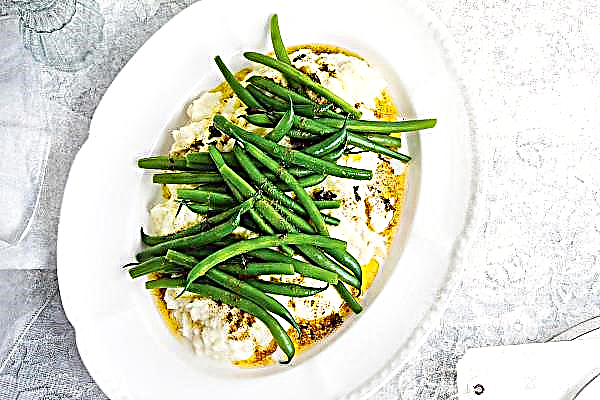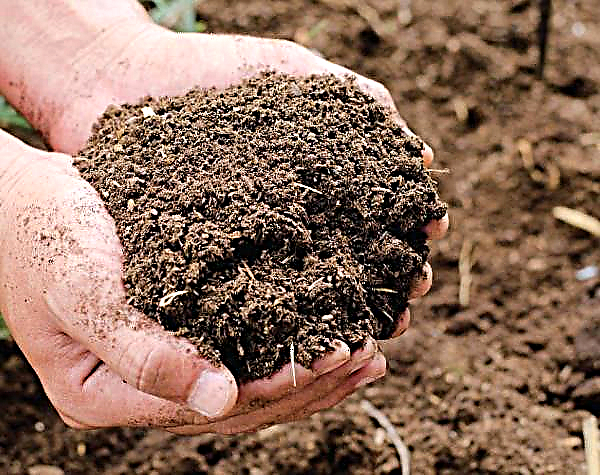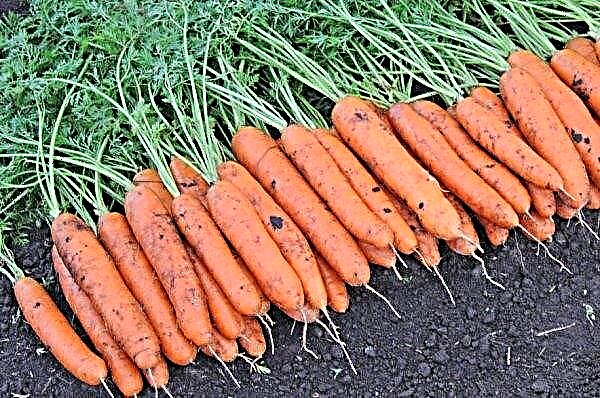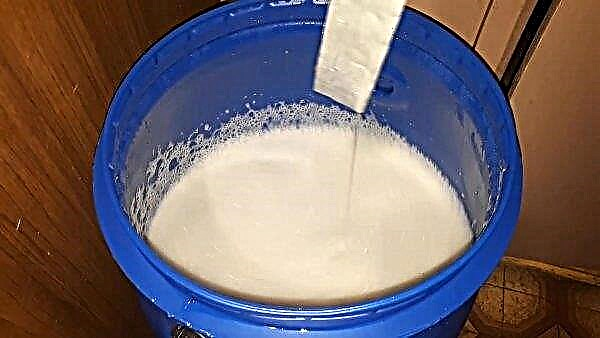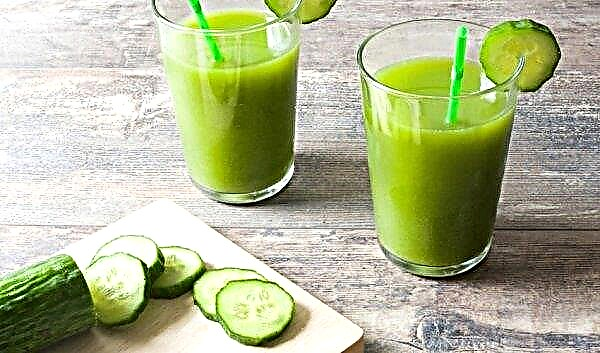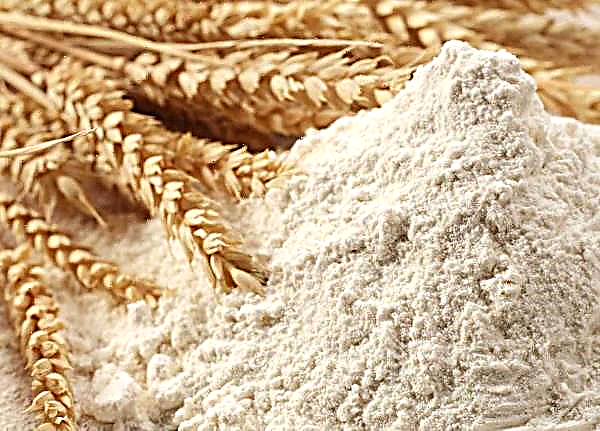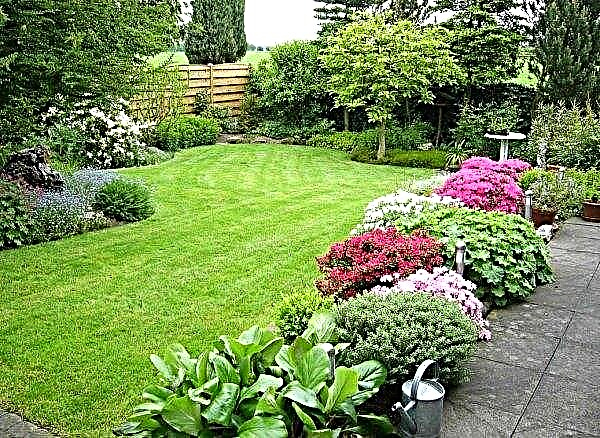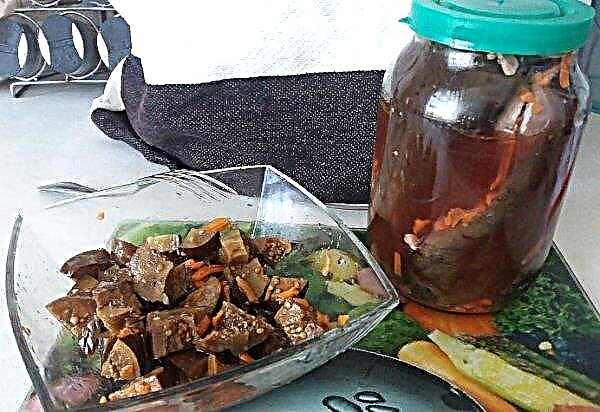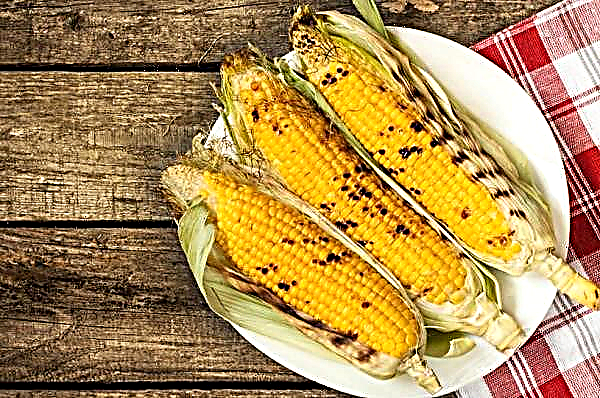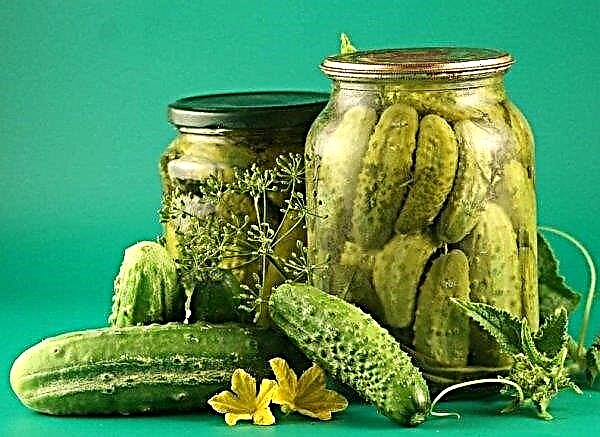The cultivation of barley is one of the most important areas of crop production in Russia. This versatile cereal is widely used both in food and in other industries. Barley and pearl barley, flour, tonic coffee drink and beer, concentrated animal feed and malt extracts, which are actively used in medicine, as well as leather and textile industries, are made from it. This article details barley cultivation technology.
Where is barley grown in Russia
Spring barley is cultivated in almost all regions of the country. Its acreage occupies a leading position among cereals. Most of the barley crops are concentrated in the Central Black Earth and Non-Chernozem zones, the Urals, the North Caucasus and Siberia.

The area of cultivation of winter barley is much smaller. Due to its low winter hardiness, it is grown in areas where winters are milder. These include the Krasnodar and Stavropol Territories, as well as the territories of Dagestan, Kabardino-Balkaria, North Ossetia, Chechnya and Chuvashia.
Barley Growing Requirements
The technology for growing barley depends on the physiological characteristics of this culture. It is quite demanding on growing conditions. If the soil composition, temperature and humidity indicators do not meet certain requirements, this will greatly affect the maturity and yield.
To the soil
Barley is very moody in relation to the soil.. This is due to its weak root system, which absorbs nutrients from the earth in a fairly short time. Therefore, the soil must be fertile, loose and non-acidic.
 The optimal pH is 6.8–7.5. The best option is fertilized chernozem. The crop yields poor crops on marshy, light sandy and alkaline soils.
The optimal pH is 6.8–7.5. The best option is fertilized chernozem. The crop yields poor crops on marshy, light sandy and alkaline soils.
To temperature
Barley crops withstand high temperatures (up to + 40 ° С), but can suffer from spring frosts:
| Temperature | Spring barley | Winter barley |
| Shoots appear at temperature | +4 ... + 5 ° С, optimally - at +15 ... + 20 ° С | +1 ... + 2 ° С, optimally - at +6 ... + 8 ° С |
| The most admissible temperature | + 40 ° C, seedlings withstand frost up to -8 ° C | up to -12 ° С in snowy winter |
| Hazardous temperatures | frosts to -2 ° C during flowering and ripening | -12 ...- 15 ° C in a snowless winter |
At temperatures below the optimum, the emergence of seedlings, and, accordingly, the maturation of grain, are delayed.
To moisture
Spring barley is very resistant to drought, which favorably distinguishes it from other cereal crops. But thanks to the short growing season, grain is poured already at the beginning of summer, before the onset of heat and drought.
Seeds sprout in the earth moist from spring rainfall. Most of all, the plant needs water during periods of tillering and going into the tube. Due to lack of moisture at this time, barren flowers are formed, and the productivity of ears is reduced.

Crop rotation
Due to the structural features and functioning of the root system for barley, it is very important that the precursors do not deplete, but rather saturate the soil with minerals.
Cereals and row crops are suitable for this purpose, which leave the field clear of weeds:
- Good predecessors: legumes, corn, sunflower, spring and winter cereals, annual and perennial grasses.
- Bad predecessors: Sorghum and Sudanese grass.
 Barley itself is a good precursor for spring and winter cereals.
Barley itself is a good precursor for spring and winter cereals.
The best time for sowing
Since spring barley is a culture of early sowing, it must “fall” to the ground in time. Usually it is sown with spring wheat or a week after it. The main criteria are cool weather and moist soil. Being late with termination is fraught with a significant decrease in productivity. In this regard, in the southern regions of Russia the best time for sowing may be the beginning of March, and in the eastern, for example, Siberia, the middle of May.
Winter varieties are sown in the fall. Timing depends on the variety, composition and moisture of the soil, region and predecessors. Usually in the steppe regions, sowing is carried out in the 1-2 days of September, and in the foothills - in the second half of September or early October.
Seed selection and preparation
As the seed, only the highest quality seeds are selected - large and regular in shape. For sowing winter varieties, seeds of the 1st and 2nd classes are suitable, and spring - only the 1st sowing class. Qualitative material should be full-weighted, which is checked by weighing: 1000 grains should have a mass of 35–45 g (at least 30 g). The required growth rate is 80–90%.
Important! It is very important that the seed is in accordance with GOST. The yield of barley crops by 30% depends on the quality of the grains.
Selected and peeled seeds must be pickled to protect crops from pests and pathogens. For etching, you can use drugs: Vitatiuran, Hexatiuram, Baytan, Vitavax, Fundazol, pesticide TMTD. For this procedure, special machines are used - PS-10 or Mobitox.
 Grains are disinfected 2-4 weeks before sowing.
Grains are disinfected 2-4 weeks before sowing.
Seeding rates
A feature of barley is strong tillering - more than wheat. If you do not observe the seeding rate, then the crops are very dense, which slows down the development of plants, and also significantly reduces productivity. How many seeds need to be sown per 1 hectare depends not only on the variety, but also on the region, namely weather conditions and soil fertility.
The sowing rate of spring barley in different zones (1 million grains per 1 ha):
- in the Volga region, Trans-Urals, in the Southern Urals - 3.5–4;
- in the Central Black Earth - 4.5–5.5;
- in Non-Chernozem and in the Far East - 5–6.
The sowing rate of winter barley: 4-4.5 million / 1 ha. If you are late, you need to increase the number of seeds by 15-20%. As a result, at least 500 productive stems should grow on 1 m².
Video: Spring barley, sowing rate of 1.1 million / ha (55 kg. / Ha)
Sowing process
When sowing large areas without special equipment can not do.
Under different conditions, certain seeders are used:
- for the autumnal background - SZ-3.6, SZP-3.6, SZT-3.6, SPR-6;
- for stubble background - SZS-2.1 and SZS-2.1L.
Depth
The speed of emergence of seedlings and their development depends on the depth of sowing. Seeds that are too close to the surface of the earth sprout spontaneously, and those that “sit” too deep will partially die. Therefore, it is necessary to take into account both weather conditions in the region and soil composition.
For instance:
- on heavy soils, sowing depth - 3-4 cm;
- on the lungs - 5-6 cm;
- in arid areas - 6–8 cm.

Sowing Method
Two methods of sowing barley seeds are widely used:
- ordinary ordinary (cross) with aisles of 15 cm;
- narrow-rowed - 7-8 cm.
These methods are popular because barley is a continuous-sowing cereal. But narrow-row sowing is considered the best, in which plants receive optimal conditions and yield high yields.
Crop Care
Immediately after sowing the field, you need to tamp the ground with ring-spur rollers. This will contribute to friendly shoots. Also, to destroy the earth crust, it will be necessary to carry out harrowing before and after emergence. For this purpose, rotational hoes or tooth harrows are used.
 Subsequent care includes fertilizing seedlings, as well as treatment against weeds, pests and diseases.
Subsequent care includes fertilizing seedlings, as well as treatment against weeds, pests and diseases.
Fertilizer
Since barley absorbs nutrients from the soil in a short time, it is important to fertilize the soil even before sowing. The soil should be rich in NPK complex. But the planted crop responds well to fertilizing.
Important! Barley reacts better to mineral fertilizers. Therefore, organic matter is introduced only into very badlands in the northern regions.
Winter barley is fertilized with ammonium nitrate in early spring after emergence, and then at the stage of exit into the tube. Spring barley for feed purposes is also fed with nitrogen fertilizer (urea) during the heading period in order to increase the protein content in grains.

Treatment
It is impossible to get a good crop of barley without preventive measures. Weeds, insect infestations and viral infections can destroy the entire crop or most of it.
From weed
Abundant weeds should be treated with herbicides. You can use the following drugs: "Dialen", "Wild", Bazagran, Banvel, "Diameter", Granstar and others. Spraying with chemicals can only be carried out at the heading stage, before the start of the tube, so as not to damage the crop.

From diseases and pests
Barley diseases include: powdery mildew, root rot, snow mold, brown and stem rust. To combat them, fungicides are used: Tilt, Bayleton, Fundazole. In order for the spraying to be effective and at the same time harmless, it is also carried out during the growing season - before the transformation into the tube.
Insects that can damage barley crops: thrips, bread fly, ground beetle, ground beetle-goose and bread drunkard. The affected field must be sprayed with insecticidal agents: Decis, Fustak or others
Harvesting
Harvest of winter barley usually begins in the first ten days of June. Spring varieties ripen 1.5–2 months later. In the southern regions, harvesting begins at the end of July. Barley crops ripen together. Mature ears droop, stems in the upper part become brittle, ripe grains crumble. Therefore, you need to harvest the crop on time and as soon as possible.
 Harvesting is carried out in two ways: single-phase (direct combining) and two-phase (separate method, used at the stage of wax ripeness). In case of delayed cleaning only the first method is suitable.
Harvesting is carried out in two ways: single-phase (direct combining) and two-phase (separate method, used at the stage of wax ripeness). In case of delayed cleaning only the first method is suitable.
Barley cultivation occupies an important place in the development of agriculture in Russia. Compliance with all norms and rules of agricultural technology contributes to obtaining the most complete crop.

